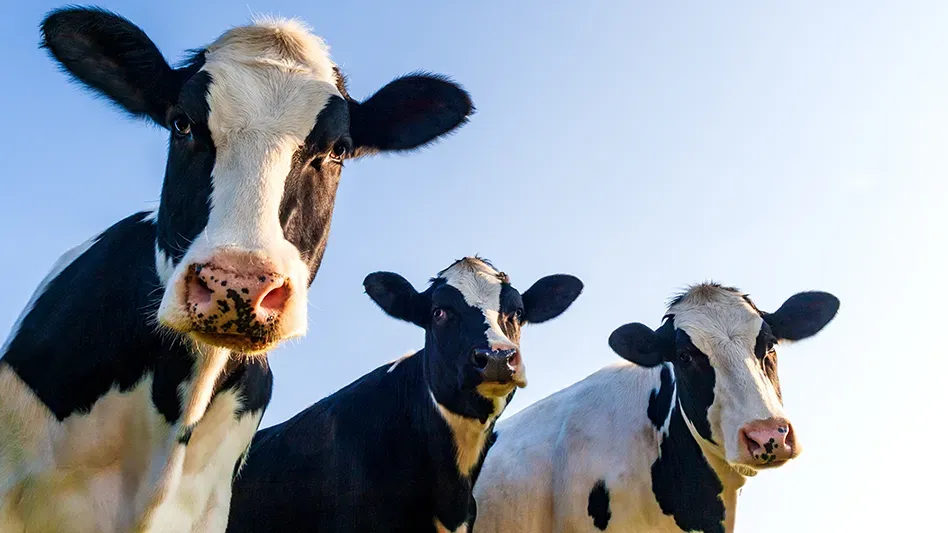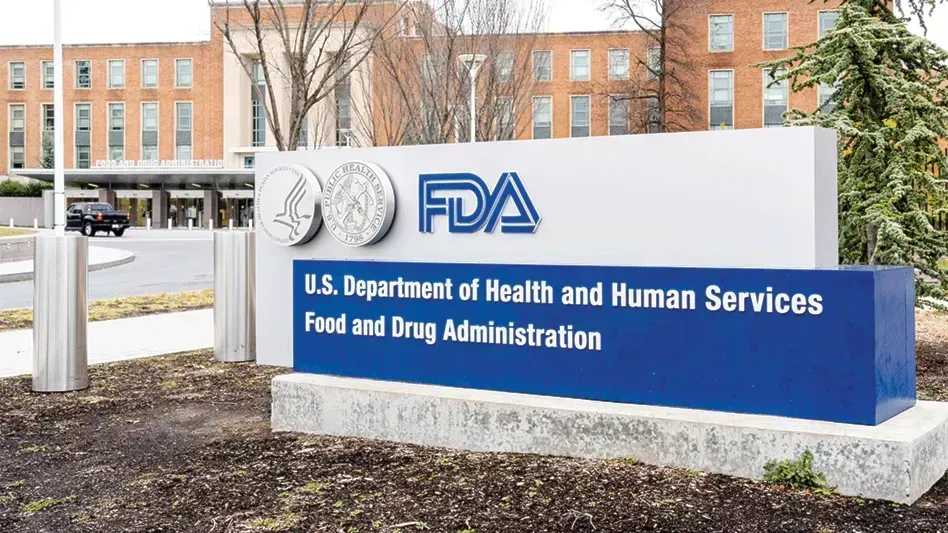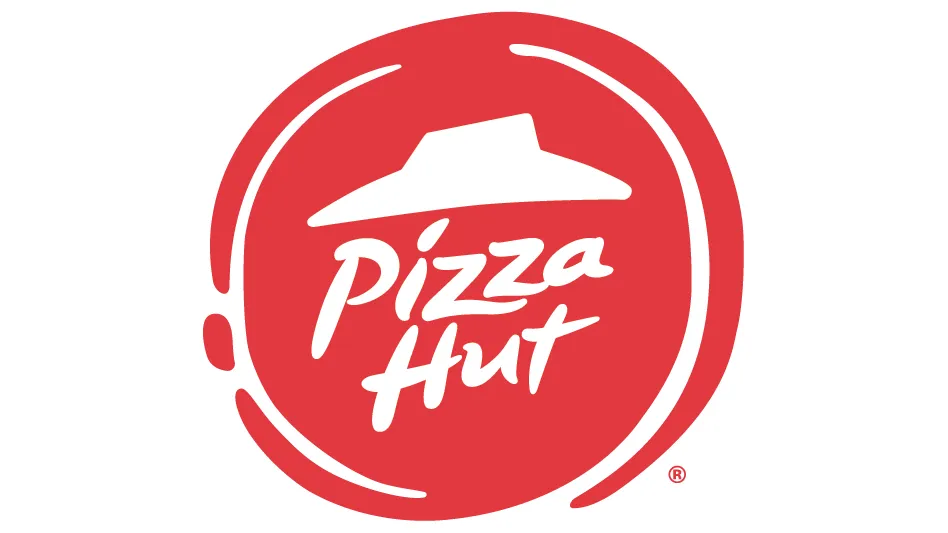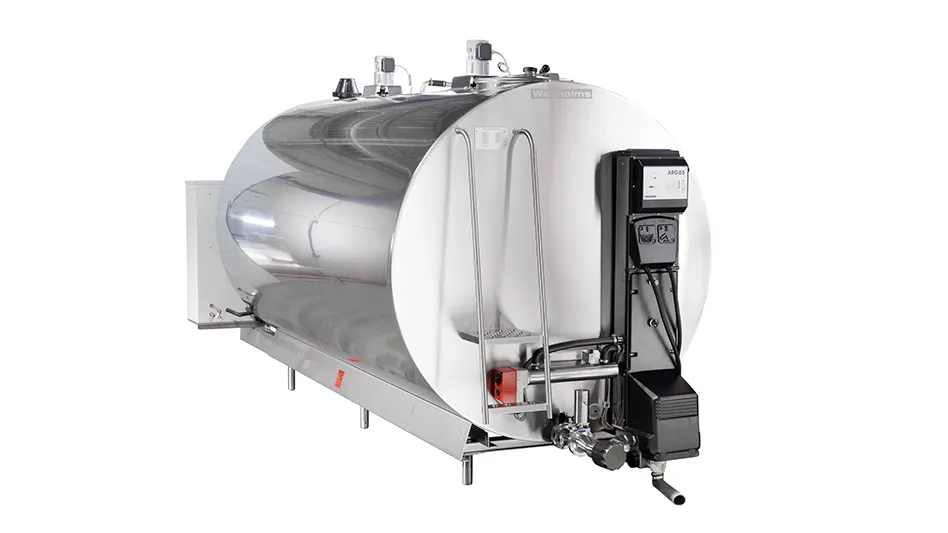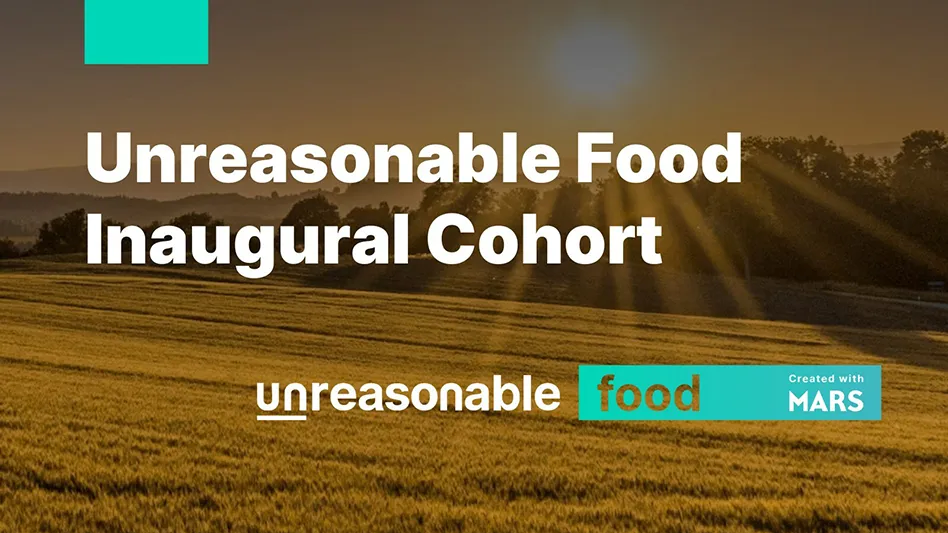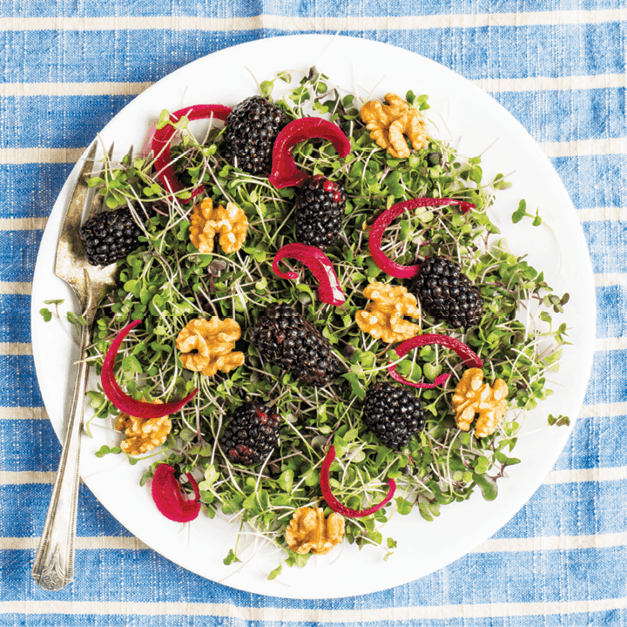
The salad wall in grocery stores has been stable, yet mostly stagnant, during the last 10 to 15 years since ready-to-eat produce was introduced to retailers and consumers embraced the concept of bag-to-bowl.
But over the last decade, vertical farms, which are built up inside buildings rather than out across fields, have allowed entrepreneurial minds to spice up the space. The booming area is projected to reach $15.7 billion in market size by 2025, according to statista.com.
Upward Farms, a Brooklyn, N.Y.-based vertical farm founded in 2013, is using that process to put microgreens on the ready-to-eat map as a Department of Agriculture Certified Organic operation that promises to make a “big step up in quality and flavor,” said CEO and co-founder Jason Green.
“Microgreens are typically not sold in a washed format,” Green said, noting that this format ups quality assurance and convenience — not to mention palate appeal. “The flavors are so incredibly intense. [Our Spicy Microgreens Mix with radish and mustard greens offers] deep flavors that come into your head in a way you’ve never experienced.”
This isn’t about wine tasting, but microgreens share the qualities of mouthfeel, aroma and flavor. The Mighty Microgreens Mix is cool, light and includes an herbaceous crunch from micro-broccoli that lacks the bitterness of its full-grown parent, Green said. “And our micro-kohlrabi is juicy.”
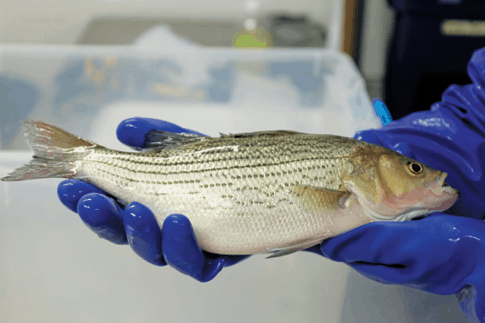
This speaks directly to quality and the “crunch and tear” you get from a typical bagged salad, Green said. He brings a background as a neuroscience researcher at Albert Einstein Medical School to Upward Farms, the indoor aquaponic farm where he leverages his experience in research. As a medical research fellow, he built a virtual reality technology to rehabilitate patients who lost the ability to walk.
On the farm — or inside the farm, rather — Green has helped design a controlled environment that focuses on a symbiotic relationship among animals, microbes and plants. Upward Farms also sustainably raises mercury-, antibiotic- and hormone-free striped bass that are “Best Choice” fish by the Monterey Bay Aquarium Seafood Watch and provide fertilizer that fuels the growing process.
The microbiome colonized at Upward Farms helps prevent plant pathogens that can cause crop diseases and foodborne illnesses without using chemicals. And, the plants absorb fish nutrients, filter water while growing (reducing water consumption by 95%) and meet USDA Certified Organic Standards.
Here’s a look at how Upward Farms assures quality while vertically farming organic microgreens.
Hands-Off for Quality.
At Upward Farms, end-to-end automation from seed to package involves a robotic production line that assembles plant containers by preparing organic material for growing, then filling containers and seeding them. As plants move though the development process, they are automatically transferred through the growing environment.
The wash process also preserves quality, particularly in the ready-to-eat bagged salad category, where consumers expect to nosh on the product without washing it. “We wash our product, dry it and market it as ready-to-eat,” Green said. “That has been challenging in the microgreens category because the plants are so young. Our produce is seven to 10 days old at harvest — it’s so delicate, and while that creates delight for the product, the challenge is to wash that product without pulverizing it.”
“We have been able to cultivate microgreens that stand up to the wash process.” Jason Green, Upward Farms CEO and co-founder
The key at Upward Farms is to create resilient microgreens. The controlled environment and robust microbiome lead to stronger plants. “We have been able to cultivate microgreens that stand up to the wash process,” Green said.
Upward Farms engineered a wash process that is “sufficiently gentle and sufficiently thorough,” Green said. This way, it meets consumer demand for ready-to-eat along with standards for good manufacturing processes (GMPs) through the National Sanitation Foundation (NSF).
The Organic Difference.
Produce companies might use terms that skip around true organic certification — verbiage such as “beyond organic” and “post-organic.” But it’s not the real deal. It’s not easy to earn either. “Most vertical farms use synthetic technologies and are not able to achieve the certification,” Green said.
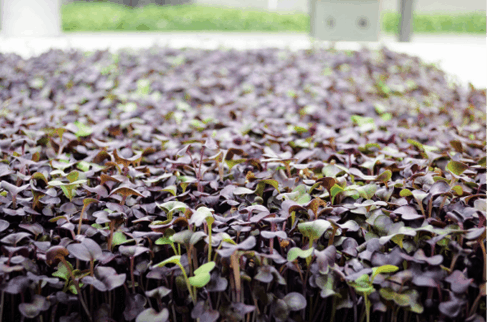
“The core of USDA Organic Certified is being an ecological grower, and our approach begins with the use of aquaponics,” he said, noting that a dedicated, recirculating aquaculture system in a closed environment, where water is filtered mechanically and biologically so fish waste can fertilize plants, creates a type of full-circle approach.
Research & Resiliency.
A hallmark of Upward Farms is its commitment to research and development related to biodiversity and ecology. Specifically, the farm focuses on unlocking the soil microbiome that helps feed, water, grow, provide immunity and help defend against pests.
“Part of our process is plant science and creating the right conditions, such as air movement across the canopy of plants at the right velocity and speed to introduce just the right amount of stress to strengthen a plant,” Green said. “A lot of engineering goes into light conditions, too. The spectrum of light, daylight hours over which we apply light — all of that drives the quality and yield of the product we grow.”
As for process engineering, a gentle yet efficient system that is customized also impacts quality, vitality and yield. “We continue to learn,” Green said. “And we continue to innovate.”
Green is looking forward to expanding in the market. Currently, Upward Farms’ microgreens are available at Whole Foods Market locations in New York City. Microgreens do not grow readily on the “broad acre,” Green said, “so that creates an interesting structural advantage for us as a vertical farmer.”

Explore the July August 2021 Issue
Check out more from this issue and find you next story to read.
Latest from Quality Assurance & Food Safety
- FDA Publishes Landmark Final Rule to Enhance the Safety of Agricultural Water
- The Wendy's Company Reports 2023 Corporate Responsibility Progress
- Local Bounti Opens New Controlled Environment Agriculture Facility
- Tröegs Partners with Patagonia Provisions to Introduce Kernza Lager
- Neogen Launches New Molecular Method for Detection of Two Salmonella Serotypes
- Standard Meat Company Appoints Keith Blanks as Chief Commercial Officer
- USDA Finalizes Policy to Protect Consumers from Salmonella in Raw Breaded Stuffed Chicken Products
- Comedian Vanessa Bayer Explores the World of Dairy Farming in ‘Dairy Diaries’
